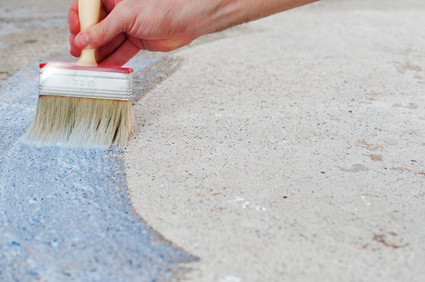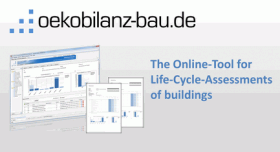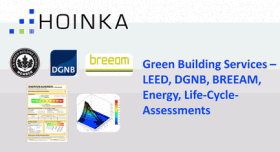22.07.2016 The Blue Angel is a German environmental symbol awarded to various product groups in all sectors of life. There are many products which bear this symbol in the building industry. This means that these products contribute to environmental protection and better indoor air quality as well as to the fulfilment of the requirements of building certification systems in accordance with the DGNB (‘German Sustainable Building Council’) and LEED (‘Leadership in Energy and Environmental Design’).

Bild: © ANRi Photo – Fotolia.com
Blue Angel (RAL-UZ (‘Environmental symbol awarded by the German Institute of Quality Assurance and Labelling’))
The ‘Blue Angel’ environmental symbol was founded by the Bundesministerium für Umwelt, Naturschutz und Reaktorsicherheit (‘Federal Ministry for the Environment, Nature Protection and Reactor Safety’) in as early as 1978. It is a Type 1 third-party certified environmental symbol which complies with ISO 14024.
The bases for the awarding of the Blue Angel vary depending on the product group. There are different requirements for coating materials (paints, dyes, varnishes, glazes and undercoats), glues and sealing agents, floor coverings, insulation and wood-based materials. There are requirements with regard to both the ingredients as well as emissions. In the case of low-emission sealing agents for indoors (RAL-UZ 123), for example, no lead, cadmium or chromium VI compounds may be added to the product. At the same time, emission limits must be met.
Blue Angel in the DGNB and LEED system
For various products, evidence of the Blue Angel (RAL-UZ) ecolabel is to be supplied in accordance with DGNB criterion ENV 1.2 “Risks to the local environment”. Alternatively, equivalent evidence of the satisfaction of RAL-UZ requirements can be provided.
Among other things, evidence is required for coatings, floor coverings and floor laying materials as well as concrete release agents in order to achieve certain quality standards.
In the new LEED v4 system, Blue Angel is recognized as a general emissions measurement if a particular formaldehyde content is not sufficient.
We would be happy to provide you with any assistance and to assess your products in accordance with DGNB and LEED criteria. >> Contact

 English
English










